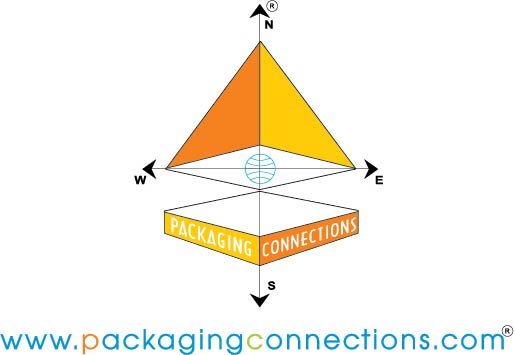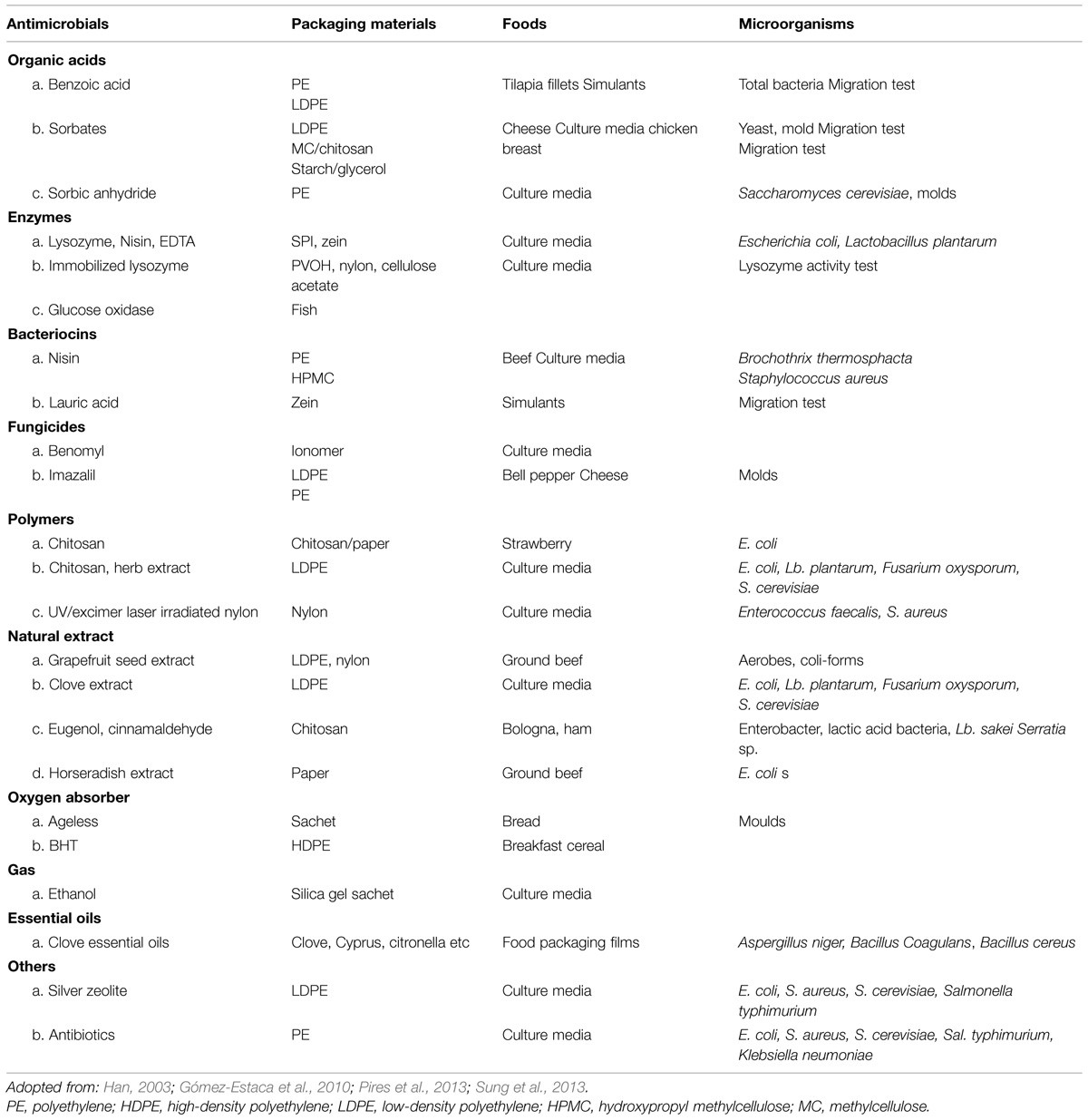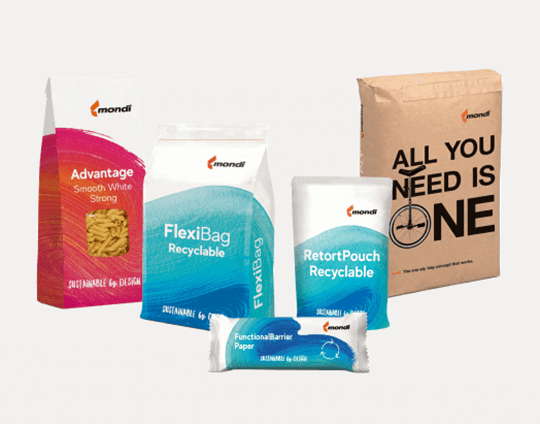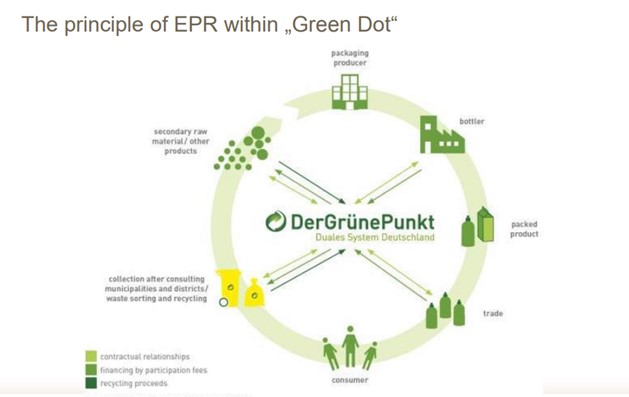Innovative SENSE™ software enhancements allow M30 R-Series metal detection range to bring next-level automation and affordable compliance to manufacturers looking to boost performance and productivity.
Salford, Manchester, UK, 17 April 2023 – Mettler-Toledo Product Inspection has launched a new software update for its M30 R-Series metal detection systems designed to offer practical improvements that can help boost productivity and make compliance easier. The highly innovative SENSE™ software offers increased metal detection security and performance capabilities at an affordable price and addresses multiple food safety regulations and standards facing manufacturers all over the world.
“This next level in SENSE™ is a huge leap in the metal detection field,” said Rob Stevens, Metal Detection Systems Product Inspection Specialist, Mettler-Toledo. “By automating the processes further, we can now offer our customers a game-changing way to future-proof their production lines, resulting in less room for human error and more consistent productivity and efficiency. The digitalisation of data reporting and storing also offers manufacturers the chance to improve their green credentials at a time when increased sustainability is so fundamental. We are looking forward to sharing this new technology with our customers and prospects at Interpack in May.”
Where the upgraded SENSE™ metal detector software really stands out is in the future-proof benefits available to manufacturers and co-packers. The new software enables the M30 R-Series metal detection system to automatically integrate with ProdX™ data management software. This results in streamlined processes, automated reporting of inspection activities and easy data collection in real-time at the touch of a button, plus simplified and paperless data storage and quick retrieval of information. The intelligence that can be gleaned from the reported information supports full visibility and transparency of the product journey and helps digitalise food safety compliance.
For easy filtering of historic Performance Monitoring Routine (PMR) testing information, SENSE™ software provides PMR Log and Report capabilities and functionality to help improve operational efficiencies. This efficient digital process offers instant retrieval of data which can be used easily to assist with management reporting. It also helps to improve production line efficiency and makes the process far less susceptible to human error.
With an innovative PMR Wizard, the system offers an end to end, structured and guided performance test process, from initiation to reporting, including test due alerts, a guided test process wizard and test frequency and scheduling.
The software has the ability to set up products using imperial or metric units and the facility to customise the HMI language at an individual user level therefore offering flexibility to manufacturers across the globe.
The smart SENSE™ software also offers a range of automation capabilities. Automatic product set-up allows for high detection sensitivity to detect all types of ferrous and non-ferrous metal contaminants and stainless steel contaminants and, by default, reduce any existing operational challenges. With no operator intervention required, human errors are greatly reduced, helping to ensure increased functionality and improved productivity. This improved automation uses no paper records as everything is stored digitally, offering manufacturers and co-packers the chance to improve their Corporate Social Responsibility (CSR) with improved sustainability across their production lines.
SENSE™ metal detector software enhancements make it even easier to meet all standards set within the Global Food Safety Initiative (GFSI). This means that manufacturers can feel safe and confident in the quality they are able to provide, negating the opportunity for human error when trying to uphold standards.
Existing Mettler-Toledo M30 R-Series metal detectors can now be updated with the new version of SENSE™ to gain access to the new features. All new units purchased will automatically have the latest SENSE™ software.
The M30 R-Series is the first product family from Mettler-Toledo built around the leading-edge SENSE™ software technology, bringing new levels of intelligence and innovation to metal detection. Visitors to Interpack 2023 will be able to view and get a live demonstration of the M34R and M33R which are part of the M30 R-Series product line, on the Mettler-Toledo booth located at A60 in Hall 11 at the Messe Düsseldorf, Germany.
For more information,
click here or visit www.mt.com/md-m30-rseries-pr
About METTLER TOLEDO
METTLER TOLEDO is a global manufacturer of precision instruments and a service provider. The company ranks highly in a number of market segments and is a global market leader in many areas. METTLER TOLEDO is a large provider of weighing systems and analysis instruments for use in laboratories and in-line measurement within demanding industrial and food production processes.
The Product Inspection division of METTLER TOLEDO designs automated inspection technology. The division includes metal detection systems manufactured by METTLER TOLEDO Safeline Limited, alongside Safeline X-ray inspection, Garvens and Hi-Speed Checkweighing, CI-Vision and PCE Track & Trace brands. The product inspection solutions help to improve manufacturers’ process efficiency and compliance with industry standards and regulations. METTLER TOLEDO systems help to ensure consistently higher product quality, thereby working to protect both consumers as well as the reputation of manufacturers and their products and brands.
For more information, please visit:
www.mt.com/pi-pr
























